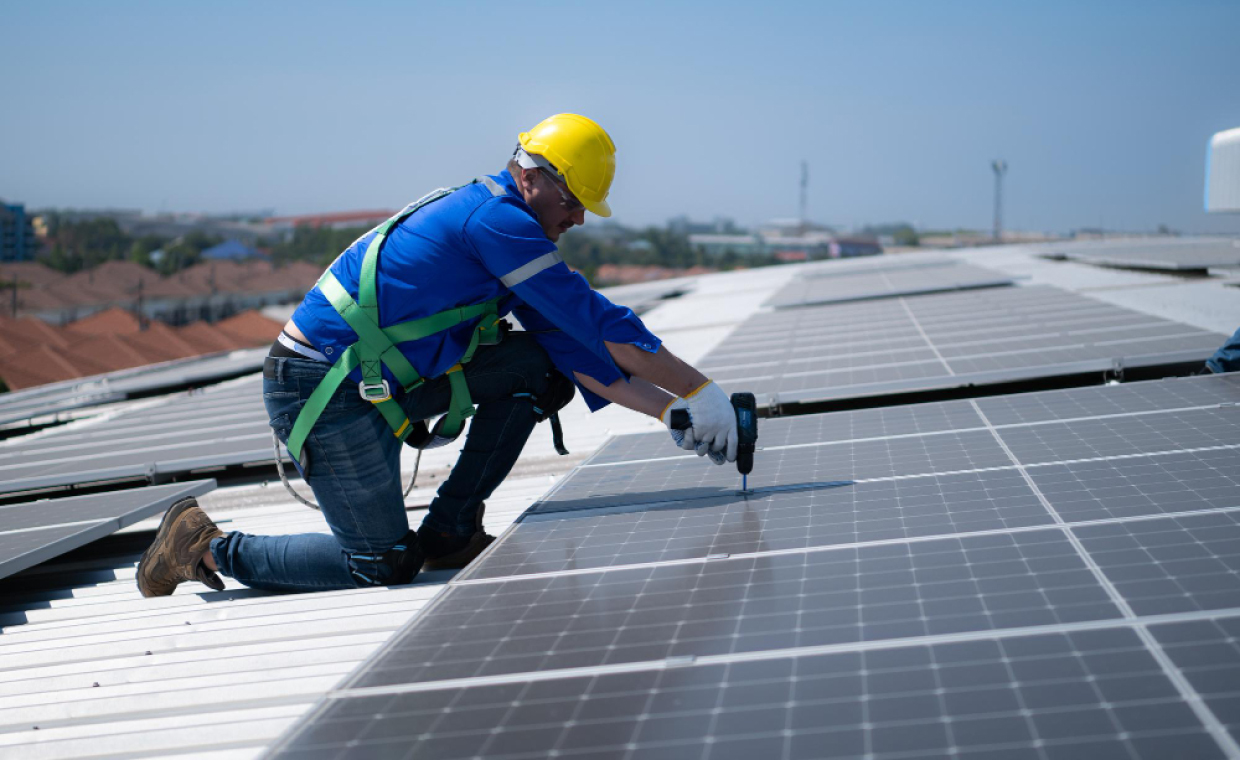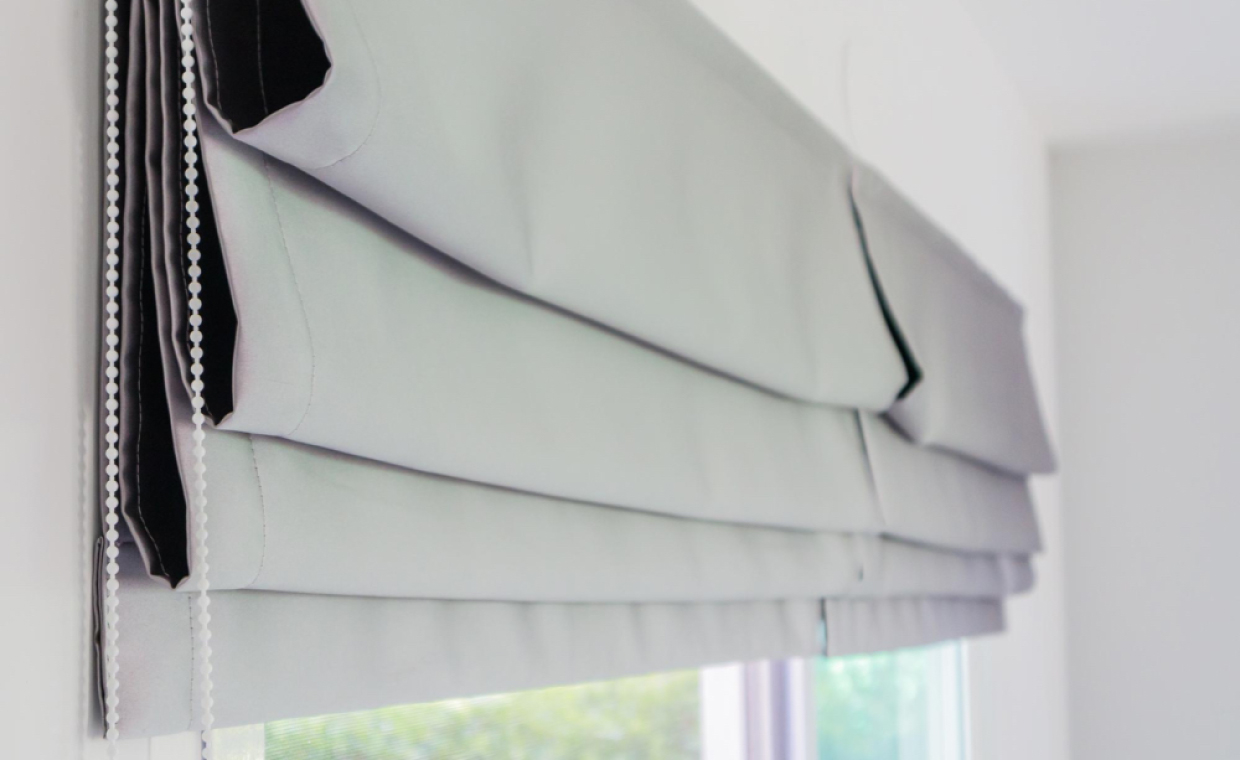
A smart heating, ventilation, and air conditioning (HVAC) system integrates modern technology to control your home’s heating, ventilation, and air conditioning. It utilizes smart thermostats and air quality monitors to optimize comfort and energy efficiency. And you can include this system as a part of your broader home automation system if you have one set up.
Installing a smart HVAC system is advantageous for several reasons. Primarily, it provides personalized comfort, enhanced energy efficiency, and cost savings. Furthermore, it’s easily manageable via smart devices. And these results in making your home more efficient and cozier.
Designing a smart HVAC system for your home is no small task. It involves numerous considerations, from understanding the functionality of modern technology to picking the right components for your home’s size and personal comfort preferences.
Tips for Designing a Smart HVAC System
If you plan to design a smart HVAC system, get ready to delve into the world of innovative HVAC systems and explore ways to set one up in your home through this short and sweet guide.
01. Hire Professional HVAC Technicians

Hiring experienced HVAC technicians is your first step in designing a smart HVAC system. They can help accurately assess your home by considering size, insulation, and the local climate. They’ll also help identify the perfect equipment for your needs.
Next, your technician will guide you through the design process and handle the installation later. Their expertise ensures your smart devices’ correct placement and setup. This way, you can maximize their efficiency and prolong their lifespan.
Lastly, professional HVAC technicians can also train you to operate your new system. They can teach you how to control the system using smart devices and understand the feedback, messages, notifications, and reports your smart setup may provide.
02. Understand the Technology

Understanding HVAC equipment basics is necessary before you dive into creating your smart system. You should be familiar with standard devices like smart thermostats, air quality monitors, and zoning systems. Know their functions to optimize your HVAC system for the highest comfort and energy efficiency possible.
Smart thermostats, for instance, aren’t your average programmable thermostats. A few of their cool features are the following:
01. Remote Access:
You can control smart thermostats remotely using smartphones, tablets, or computers. This functionality is helpful if you’re away from home and want to ensure your home is comfortable once you get back.
02. Geofencing:
Some expensive thermostats have geofencing. This feature can make the thermostat automatically adjust the temperature when you’re home or away. It can significantly help you save energy by smart heating and cooling for example not heating or cooling your home when you’re not there.
03. Energy Monitoring:
Smart thermostats can track your energy usage and report how much energy you’re using. This information can help you identify areas where you can save energy.
04. Voice Control:
You can issue voice commands to control smart thermostats through compatible smart speakers. This feature goes well with most smart HVAC setups in a fully smart home.
Generally, smart thermostats for smart heating and cooling can cost five times more than a regular thermostat. Installation costs may also vary depending on warranties and the length of the C wire (the wire that connects the thermostat and the HVAC system).
Meanwhile, smart zoning systems are another critical part of a smart HVAC setup. On the one hand, regular zoning systems allow a home or building owner to control the temperature in different rooms, floors, or zones separately. It’s common in office buildings and factories, as the commercial and industrial sector tries hard to reduce their utility bills, of which 50% they spend on electricity consumed by their HVAC systems.
On the other hand, smart zoning can automate this functionality. Of course, you can still control the settings manually if you prefer. Think of it as having smart thermostats in every room or zone in your home.
03. Prioritize Energy Efficiency

Energy efficiency is critical to prioritize when designing a smart HVAC system. Look for energy-efficient heaters, heat pumps, and air conditioners. Remember prioritizing energy efficiency has the drawback of paying a massive upfront cost. Still, the savings they can give can let you recoup the extra spending you made in the long run.
Also, remember to use the power-saving features of your smart devices. For example, program your smart thermostat to reduce heating or cooling when you’re not home. These little adjustments can make a huge difference in your energy consumption.
04. Incorporate Home Automation

After setting up your smart HVAC system, consider incorporating it into a broader home automation system. This can provide even more convenience and energy savings.
If your home already has a smart hub, connect your HVAC to it. Doing so can let you control it in one place with your other smart home devices like lighting, security, and blinds. Imagine all of them working in sync to create a comfortable, efficient, and secure environment.
For instance, connect your blinds with your HVAC system to optimize your home’s sunlight exposure. Remember that three out of four residential window coverings are often left untouched. Having them like that can let you lose the opportunity to save money on your utility bills.
So, when it’s hot outside, a smart home can close your blinds automatically to reduce heat generated by sunlight, easing the load on your air conditioner. Conversely, your blinds can open during cold days to allow sunlight in, providing natural heating and lighting.
05. Consider the Future

Lastly, consider the future when designing a smart HVAC system. The system you’re installing now should be future-proof and be compatible with or adaptable for potential upgrades or replacements. Technology advances quickly, and new smart devices are released frequently. Be ready for smarter and better components down the line.
It’s also wise to consider your HVAC system’s longevity and future maintenance needs. Although HVACs are workhorses, they’re only built to last between 15 and 25 years on average. And if they have known parts of components that have short lifespans, plan for their replacements beforehand.
Conclusion
To wrap things up, designing a smart HVAC system for your home is a process that involves careful planning and informed decisions. Remember, your system should be as unique as your home and comfort needs. Take the time to consult with professionals, conduct your research, and plan your design carefully.
Don’t forget that a well-designed smart HVAC system will provide you with a comfortable home and save energy. Also, it can allow you to contribute to a greener planet and save you money in the long run.






























